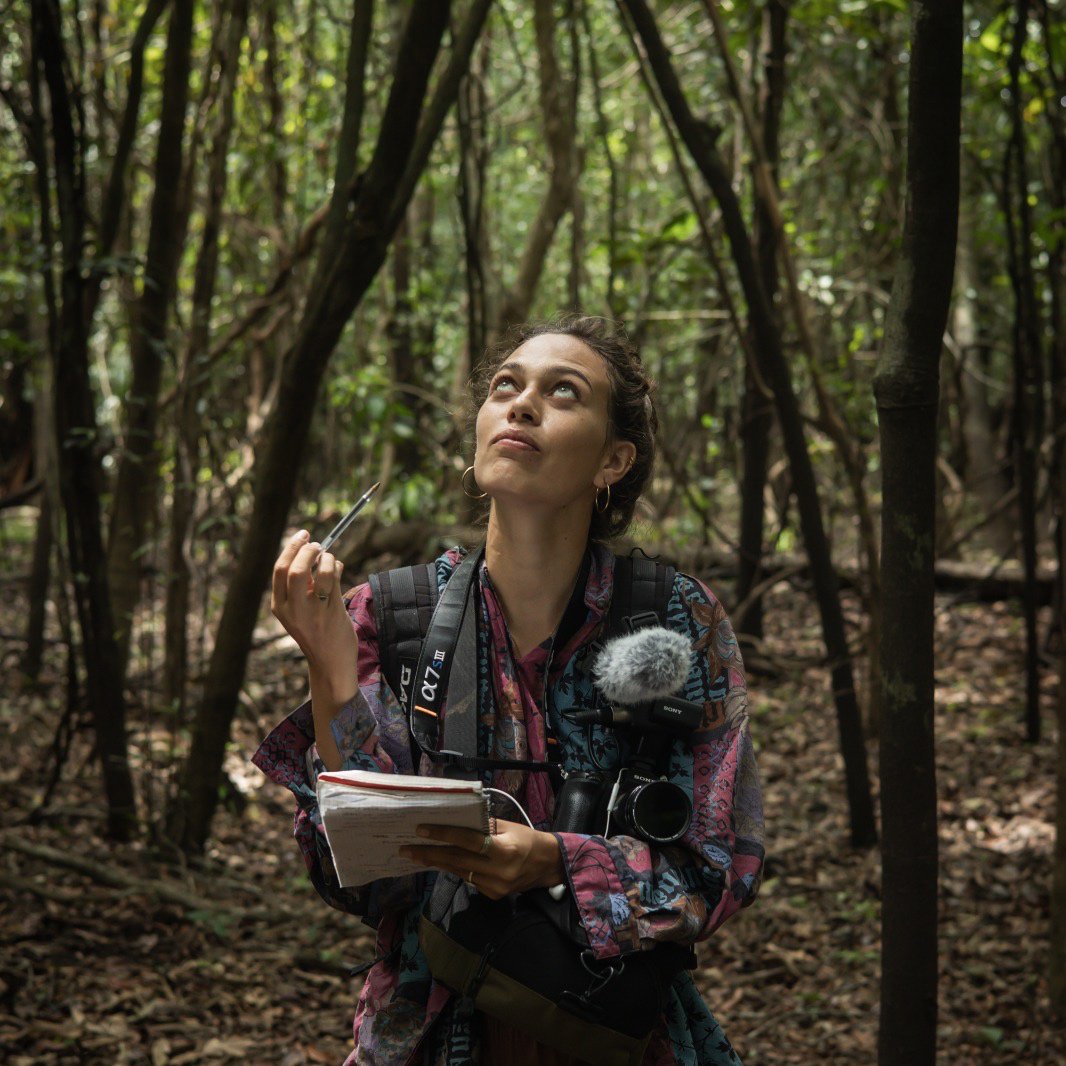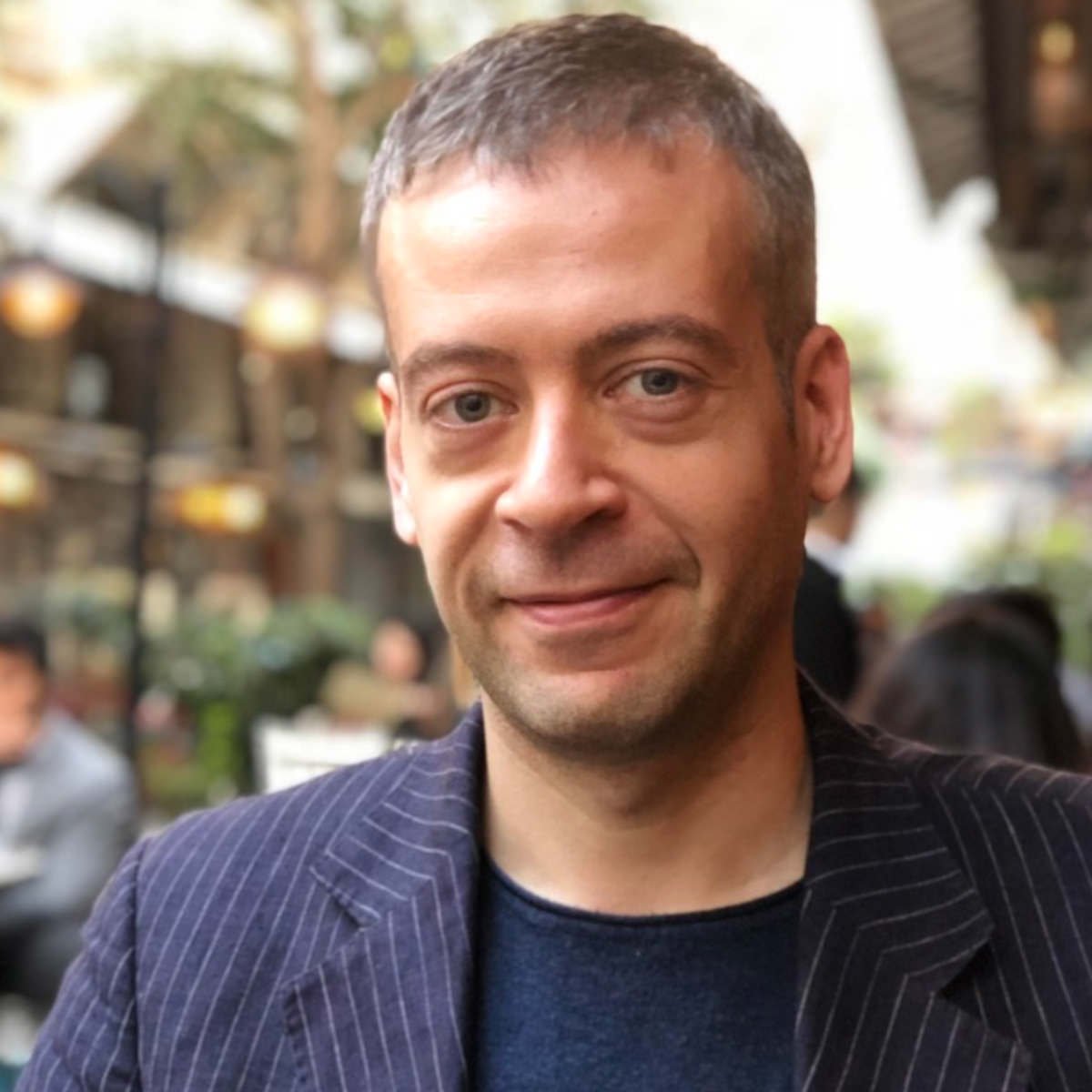Hombre Muerto
Photos inside Argentina's lithium industry.
MARCH 7, 2023
Growing demand for electric cars is projected to quickly strain Lithium reserves. According to a report by the International Energy Agency, the soft alkali metal will start to become scarce by 2025.
Argentina, Bolivia and Chile form the well-known “lithium triangle,” home to 85% of the world’s lithium reserves.
Argentina is projected to become the third largest lithium producer in the world behind Australia and Chile. BMW recently signed a multi-million dollar contract with a local mining company; so has Tesla.
Although it is often referred to as clean energy, lithium extraction requires the use of vast amounts of water and polluting chemicals, and the displacement of humans and animals. As I have photographed these mines, I often wondered: what is the cost of clean energy?
The most important Lithium mines in Latin America are located in the province of Catamarca, Argentina. There, approximately 60 thousand metric tons of lithium are extracted per year. Here is a brine lagoon. The lithium is visible in the white salt you can see.
Workers at the main plant of Lake Resources, a mining company, located a few kilometers from the city of Antofagasta de la Sierra, monitor the state of drilling machines used to extract lithium. The drilling causes an unnatural impact on the soil: alkaline brine is left to settle in pools for 12 to 18 months, along with thousands of liters of water, which creates a water imbalance in the salt flats. Lithium mines can use 650,000 cubic meters of water per hour; it takes an estimated 2 million liters of water to produce 1 ton of lithium.
Evaporation ponds in the Hombre Muerto salt flat, Catamarca, Argentina.
Flamingos are one of Catamarca's emblematic birds, but lithium mining is drastically decreasing their population. Biologists and conservationists from the University of Extremadura in Spain and the Universidad Austral de Chile, tracked changes in water surface area in the salt flats of the lithium triangle. Flamingos depend on shallow salt ponds for food and reproduction, which are increasingly threatened by climate change and lithium mining.
New investments in lithium mining promise to have a lower impact on the environment by using less water in the production process. It remains to be seen what these mines will do to the region of Catamarca.
A version of this photo essay appeared in Gatopardo.







